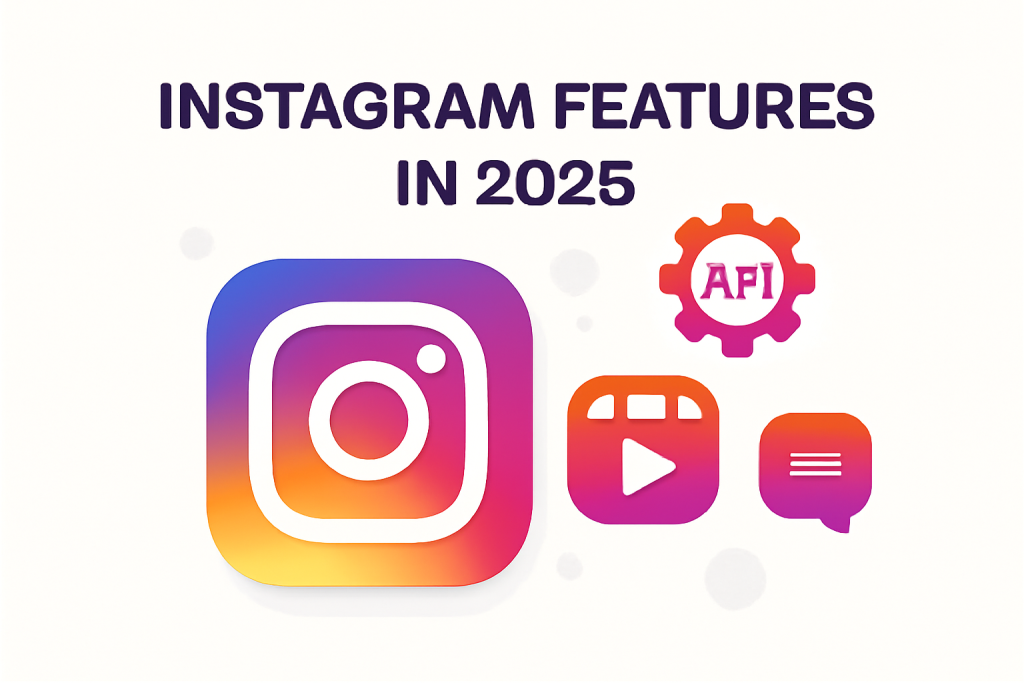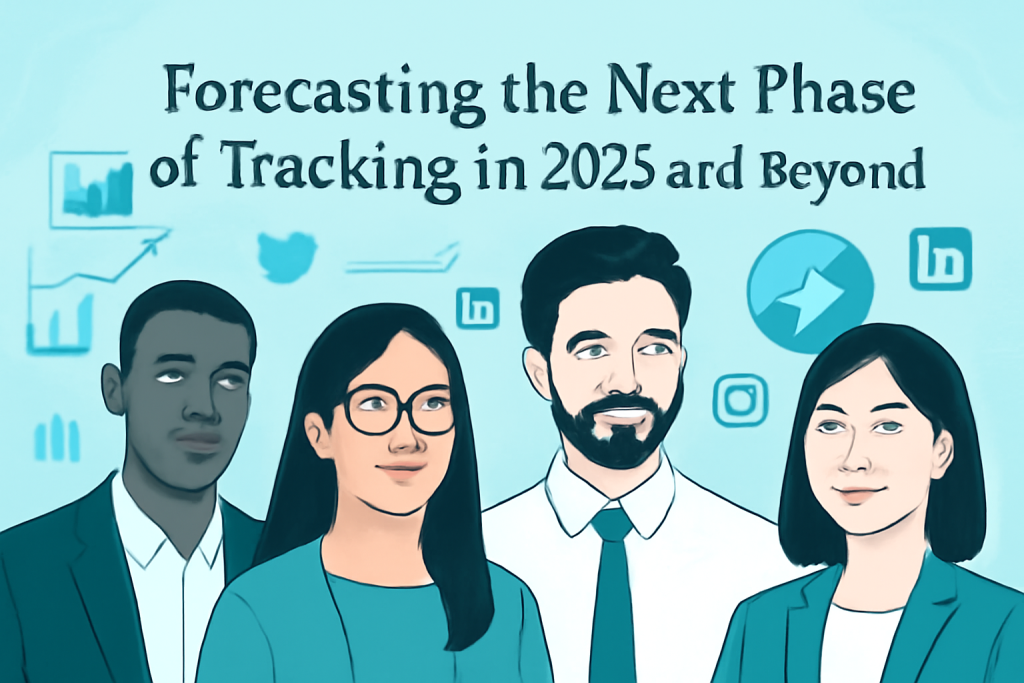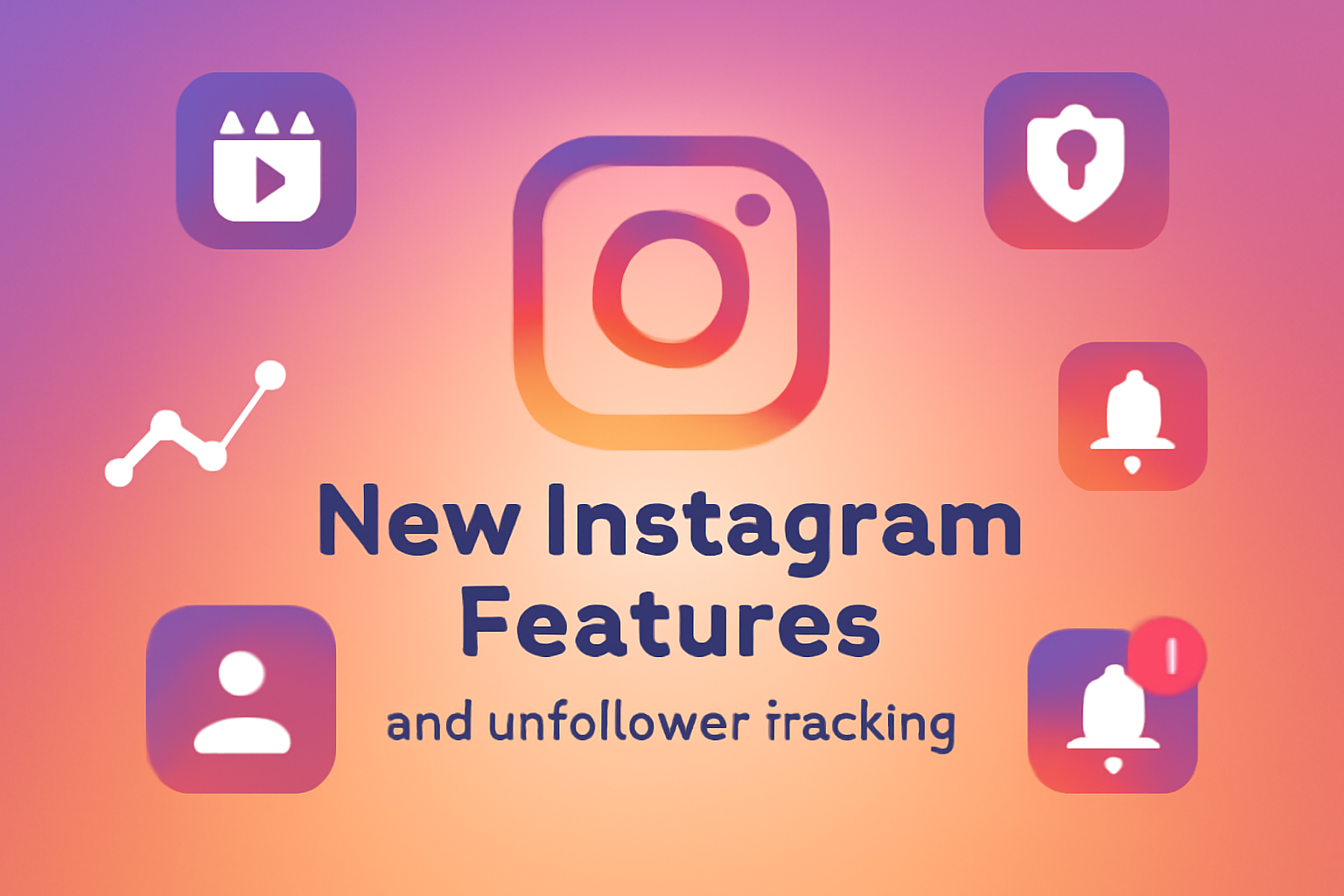In 2025, Instagram will introduce massive updates that will change the rules of the game for everyone working with follower analytics. Meta radically updates the Graph and Marketing API, simplifying their architecture, but at the same time, limits access to historical follower data, posing new challenges for marketers and developers.
There are expanded metrics and fresh interface features that allow you to evaluate audience engagement and behavior in a new way. In such circumstances, the usual tools for tracking followers require rethinking and adaptation.
In this article, let’s talk about the changes of Instagram analytics 2025 that affect follower monitoring and what strategies will help maintain effectiveness in the new Instagram reality.

Exploring Instagram’s 2025 Feature Rollout and API Enhancements
In 2025, Instagram is introducing major Instagram privacy updates that affect both the user interface and the API. Meta continues to optimize the Graph and Marketing API, simplifying their structure, but introduces restrictions on access to historical follower data.
New metrics are emerging that expand the capabilities of analytics and allow for a deeper understanding of audience behavior. At the same time, the interface is being updated, which affects the operation of trackers and follower monitoring tools.
These changes require marketers and developers to adapt strategies and tools to effectively track and interact with followers.
Next, let’s take a closer look at the key changes.
Refined API Design and Endpoint Modifications
Meta implemented a massive simplification of the Instagram API aimed at optimizing interaction with data. As part of the update, outdated objects in the Graph API and Marketing API were combined into three key types: IG User, IG Media, and IG Comment. This simplified the query structure, reduced duplication, and improved integration efficiency. The transition to the new architecture was completed by April 21, 2025, for the Graph API and between January and May 2025 for the Marketing API. Meeting these deadlines turned out to be critical for maintaining access to the functionality and correct operation of analytical tools.
These changes have provided a more stable and predictable way to work with Instagram data, greatly simplifying the setup and support of systems for developers and marketers.
Latest Additions to Metrics and Data Structure
Instagram revised its approach to measuring engagement by introducing a new key metric, “views”, which has become the main indicator of content effectiveness. At the same time, a number of familiar fields disappeared, such as “impressions”, “plays”, and “clips_replays_count”, which greatly simplified and standardized analytics.
The new focus on “views” allows marketers and developers to obtain more accurate and relevant data on audience interaction with video and other content formats.
This change reflects the platform’s desire to provide more transparent and practical tools for evaluating results, contributing to improved promotion strategies and content planning.
Evolving UX and System Features Shaping Tracking Functions
Also, Instagram introduced several important updates to the user interface and functionality of the platform, which directly affect tracking and analytics. The vertical grid has changed the way content is displayed, making the feed easier to read and increasing user interaction time with posts. The new profile layout focuses on key elements that improve the user experience and increase engagement.
In addition, the schedule DMs feature allowed brands and influencers to prepare and send personalized messages in advance at a convenient time. For example, marketers can automate the sending of welcome messages to new followers or event reminders, which improves communication efficiency and collects valuable data on audience reaction.
These changes make data collection more accurate and multifaceted, allowing people to better understand user behavior and adapt promotion strategies to the new realities of the platform.
What These Changes Mean for Unfollower Monitoring Tools
Strict restrictions in the official API, new requirements for data security, and transparency are forcing marketers and developers to look for new approaches and review familiar tools.
Let’s take a closer look at how these changes affect the functionality of trackers and what is important to consider when working with an audience:
#1: Significant limitations of the official API.
First of all, Instagram has removed access to key information. Now it is impossible to get the history of followers and unfollowers or the list of users who have unfollowed the account. This means that the usual monitoring methods have lost their effectiveness, and many trackers have been left unable to work properly.
#2: The risks of using third-party scraping tools.
In an attempt to compensate for API limitations, many turn to unofficial scraping services. However, such methods carry serious risks: violation of the platform’s rules (TOS), the possibility of account blocking, technical problems due to restrictions on the frequency of requests, and instability of work when Instagram changes.
Using such tools means jeopardizing data security and the stability of analytics.
#3: Problems with data accuracy and update delays.
Even official tools now face delays in updating data and incomplete reports. Due to frequent request limits and time differences in information retrieval, analytics results may be outdated or not entirely accurate, making it difficult to make timely decisions.
Strategic Insights for Accurate and Efficient Unfollower Monitoring
API restrictions and increased attention to data security are forcing users to look for tools that provide accuracy and protection at the same time. Here are proven methods and services that will help you effectively control your audience without unnecessary risks:
#1: Legal trackers with the official API.
Services like Iconosquare, HypeAuditor, FollowMeter, Reports+, and Inflact continue to work based on the official Instagram API. They offer detailed reports and analytical functions, but new restrictions have made it difficult to access complete information about unfollowers, which requires users to understand the nuances of each tool.
#2: Private solutions without the need to log in to an account.
For users seeking maximum security, there are tools that work through importing exported data, such as FollowBuddy, Unfollowers Tracker, Who Unfollow You, and Unfollowers+. Such services do not require the transfer of passwords and minimize the risk of locks and leaks.
#3: Manual control by downloading and comparing lists.
The classic way is to download lists of followers and followings and compare them in Excel Spreadsheets or Google Sheets. This method requires more time, but provides full control over the data and eliminates dependence on third-party services, which is especially important when automatic tools are unstable.

Forecasting the Next Phase of Tracking in 2025 and Beyond
In the coming years, tracking Instagram followers will increasingly depend on official Meta solutions and API development. The complete abandonment of access to follower history, the emphasis on privacy, and the introduction of new metrics imply a shift to more ethical and technically sophisticated analytics methods. In the future, integration with AI, enhanced personalization of reports, and enhanced control over third-party apps Instagram tools are expected.
Let’s look at the main points of followers tracking in 2025.
Managing API Versions and Changing Metrics
API version control and the introduction of new metrics are one of the key vectors for the development of Instagram follower analytics after 2025. Meta continues to optimize the API by reducing the number of outdated parameters and introducing more accurate metrics that reflect real user actions, such as depth of engagement, attention retention, or repeated interactions. These metrics are designed to replace surface values like “impressions” and “plays”, making analytics more meaningful.
Consequences of Evolving Privacy and Compliance Rules
Changes in privacy and digital regulation are becoming an increasingly important factor shaping the future of tracking Instagram followers. Meta policy is actively developing towards the protection of personal data, and regulations such as GDPR in Europe and similar laws in the USA, Canada, and a number of other countries directly limit the amount of information that can be collected and analyzed without the explicit consent of the user.
This has already led to the disappearance of open access to the following history via the API and may lead to the complete unavailability of individual followers data. In the future, analytics tools will focus on impersonal metrics, aggregated behavioral data, and voluntary user authorization. For marketers, this means moving to ethical analytics and integrating solutions that meet international privacy standards.
Tips and Insights for Developers and Marketing Experts
With constant changes in the Instagram API and stricter data security requirements, it is important for developers and marketers to build their solutions on a solid and flexible foundation. Only an integrated approach to the integration of monitoring tools will ensure stability and efficiency, as well as convenience for end users.
The key recommendations below will help you avoid risks and improve the quality of analytics:
- Flexible migration architecture — design the system so that it can easily adapt to new API versions and quickly implement changes without downtime.
- Backup data storage — create your own databases with follower history to compensate for the limitations of the official API and save important analytics.
- Intuitive and transparent UX — provide a simple and intuitive interface that helps users quickly navigate through data and make decisions.
- Respect for privacy standards — take into account the requirements of GDPR and local laws to avoid blocking and protect user data.
- Automate alerts and checks — implement the functions of notifications of new unfollowing and regular data collection for timely response.
Conclusion
Changes to the Instagram API have made it much more difficult to directly track unfollowed users, which reduces the accuracy of many automated tools. Today, legal services with official access and manual data export remain the most reliable.
Given the significant limitations of the Instagram API and the complexity of direct tracking of unfollowing, it is important to choose tools that provide reliable and secure audience analysis. One of the effective solutions for 2025 is Unfollowers Tracker. This tool allows you to monitor Instagram followers, track who has stopped following your account, without having to transfer passwords and risk security. Using data export and a user-friendly interface, Unfollowers Tracker helps maintain accurate monitoring and timely response to changes in followers, which is especially important in conditions of limited API access.
Remember, it is important to build a proactive strategy focused not only on follower numbers, but also on the quality of engagement — this is the key to sustainable growth and a loyal audience.
